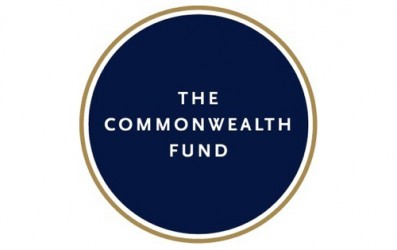
Six states—Arkansas, Indiana, Iowa, Michigan, New Hampshire, and Pennsylvania—have expanded eligibility for their Medicaid programs using alternative approaches allowed under what are known as Section 1115 demonstration waivers. In April, the Montana legislature approved expansion, and lawmakers there expect that their program will also proceed as a Section 1115 demonstration. These waivers enable states to tailor their expansions to meet practical and political realities. As we reported earlier, they have allowed states to enroll beneficiaries in plans sold in the marketplace rather than traditional Medicaid managed care plans; eliminate certain traditional Medicaid benefits; and apply higher premiums and cost-sharing than Medicaid normally allows.
As this demonstration strategy has unfolded, both its promise and limits have come into view. In order to waive federal law, the U.S. Secretary of Health and Humans Services (HHS) must find that a proposed demonstration is consistent with Medicaid objectives, namely, to extend coverage to low-income and vulnerable populations. But some proposals seek to change Medicaid provisions in ways that restrict eligibility or reduce coverage. While HHS can approve many changes under Section 1115, reforms that affect eligibility or coverage will likely need to be left to Congress to resolve legislatively.

